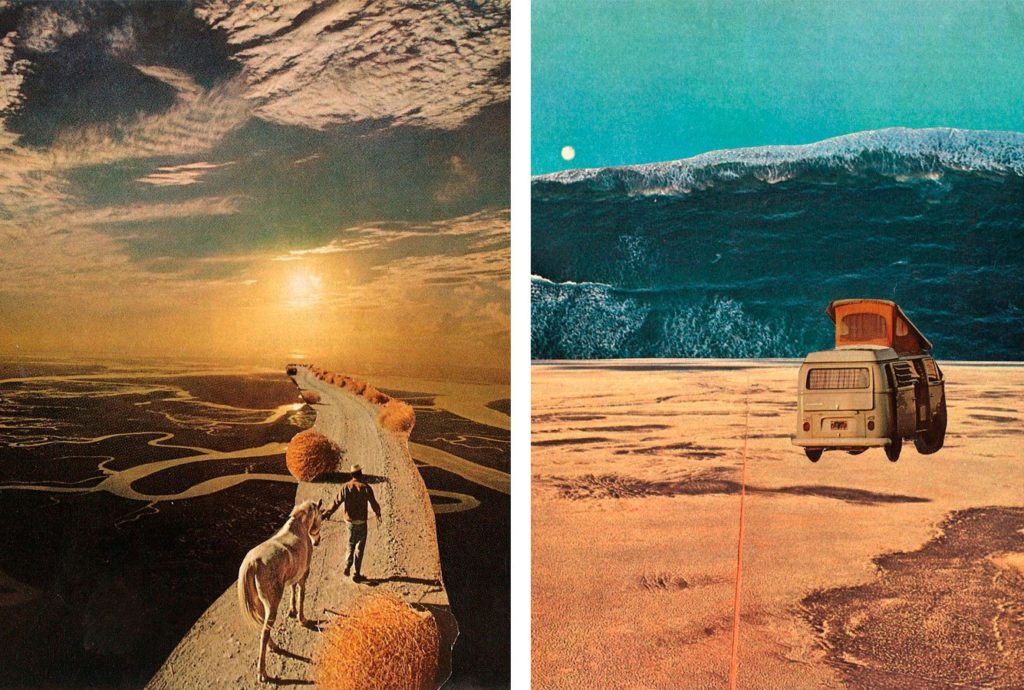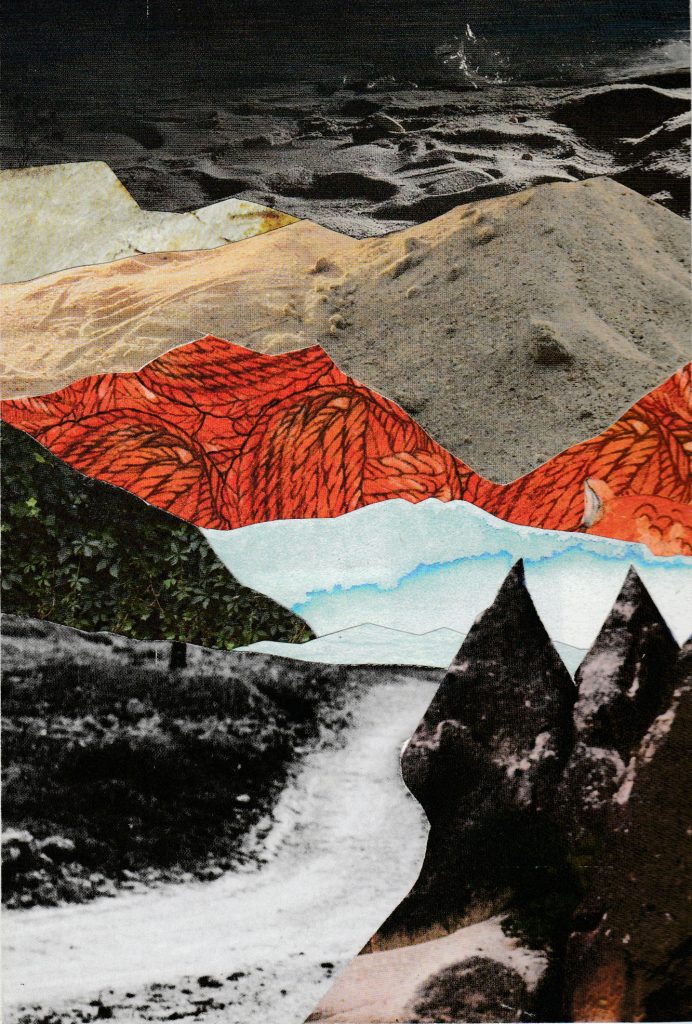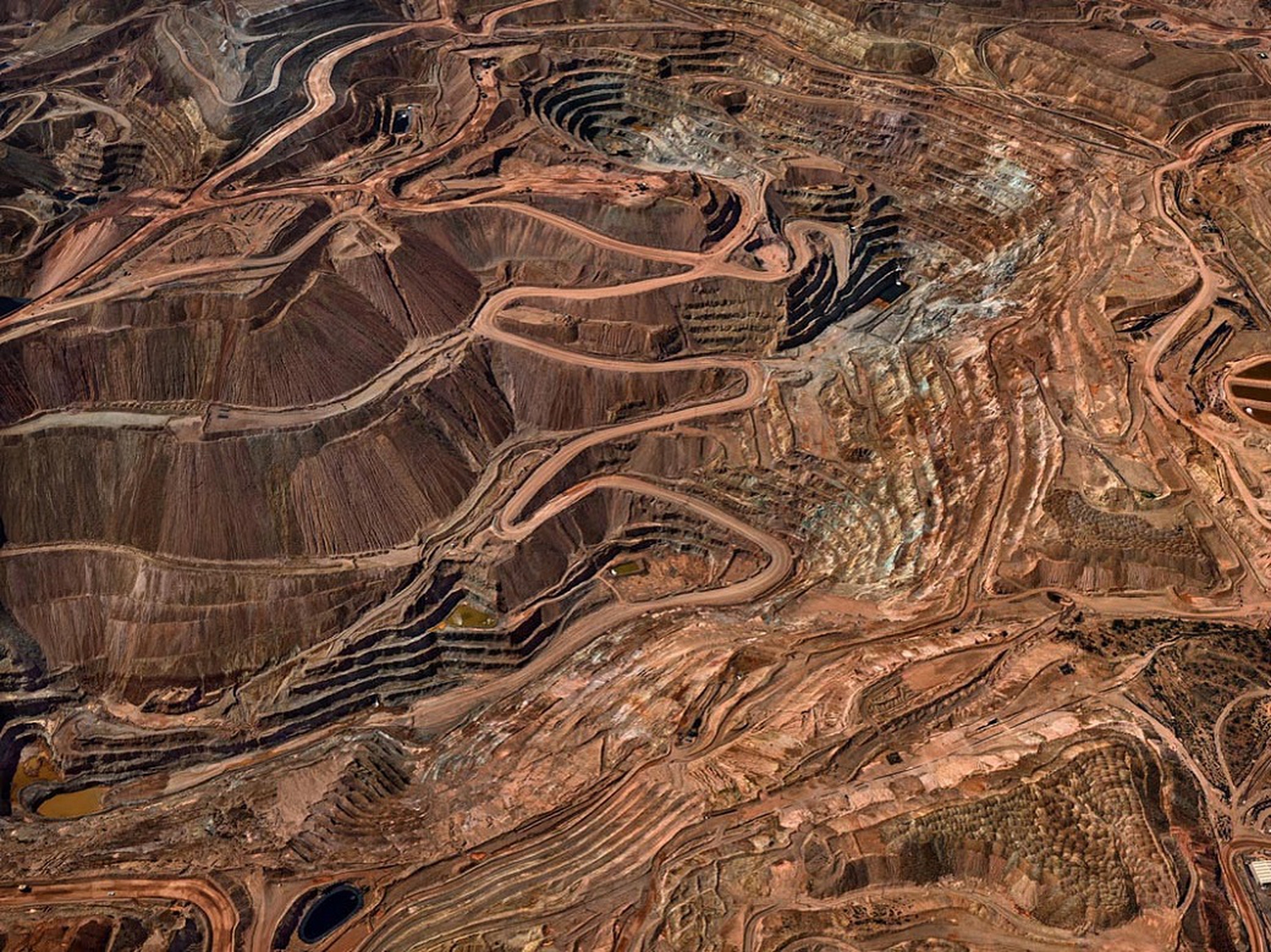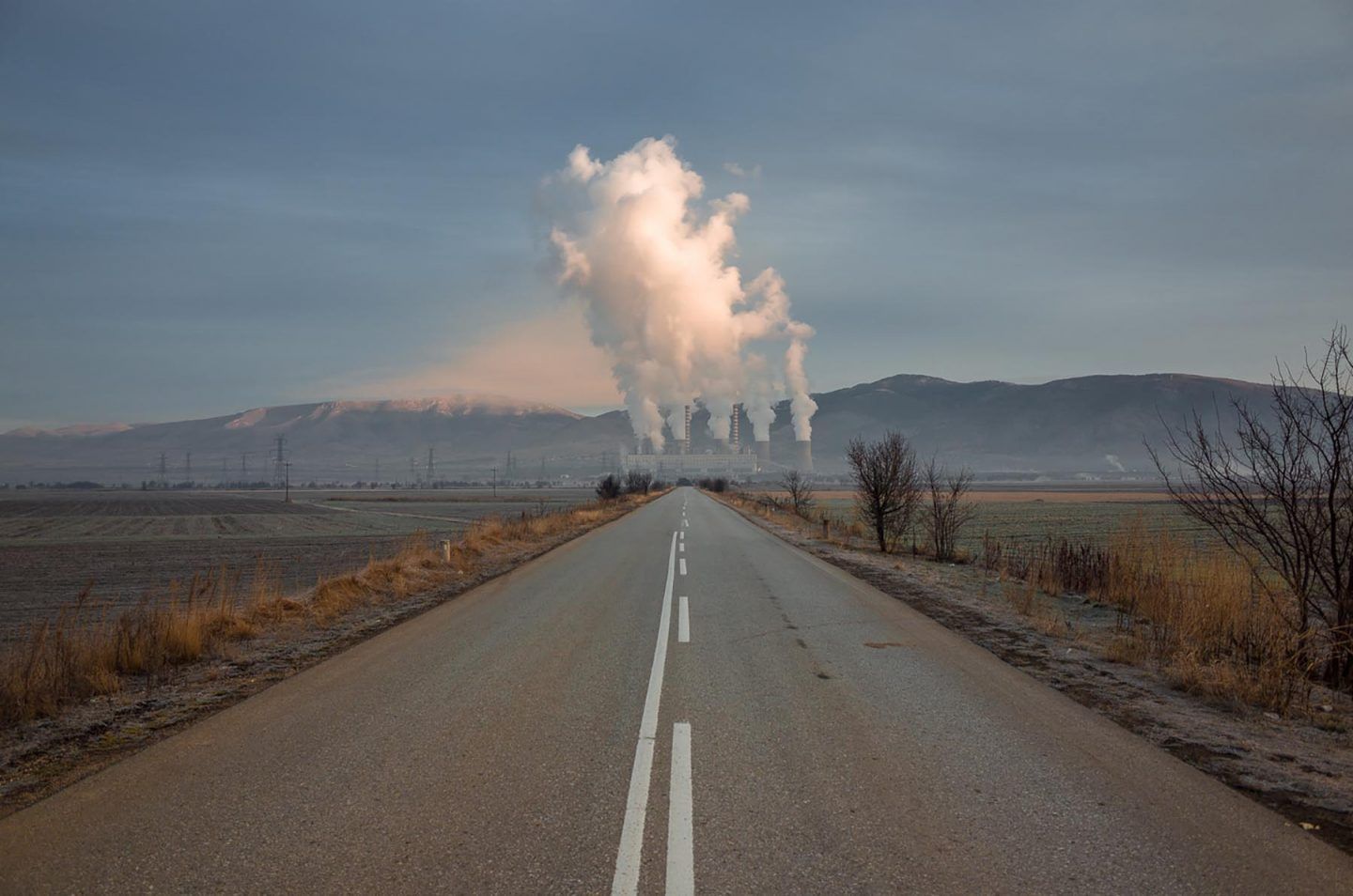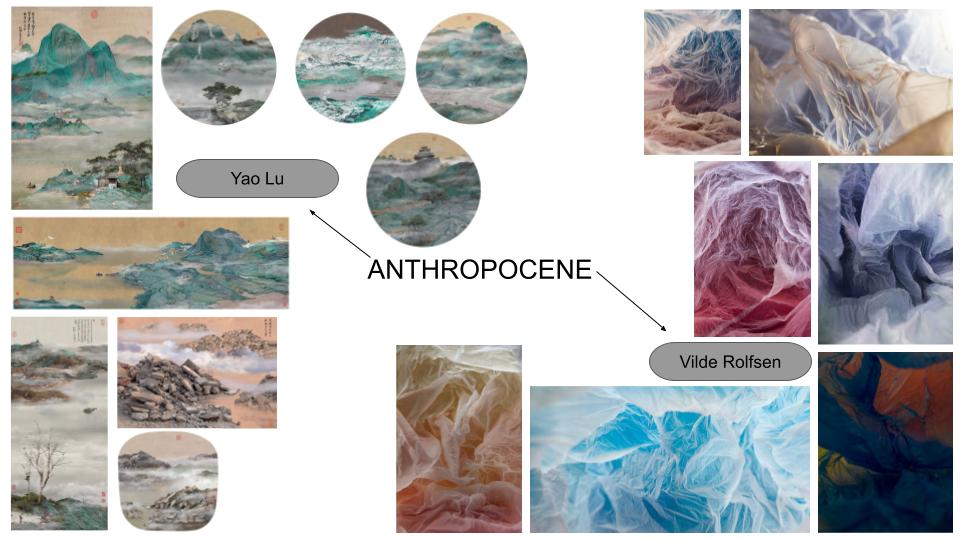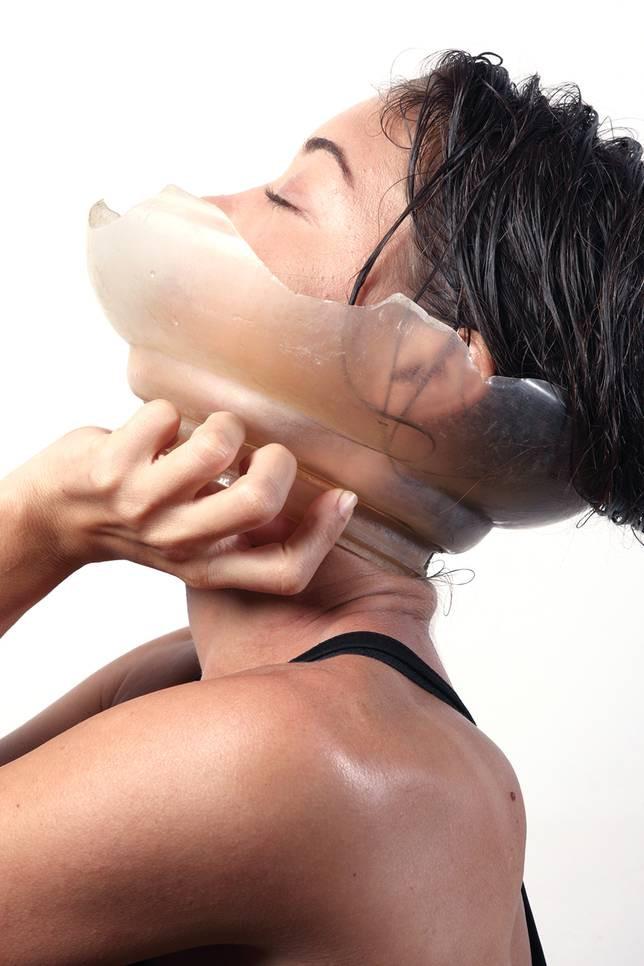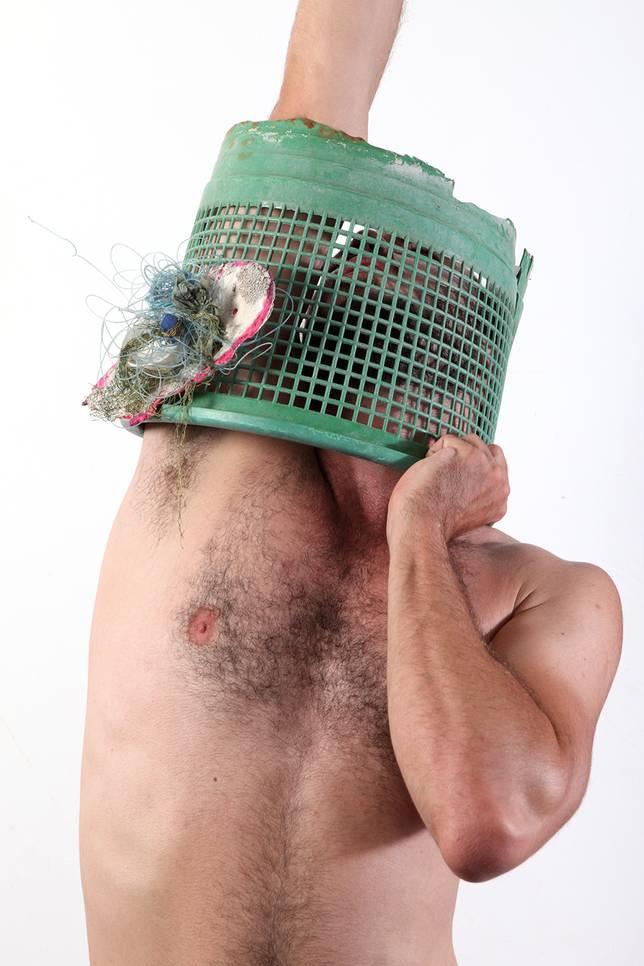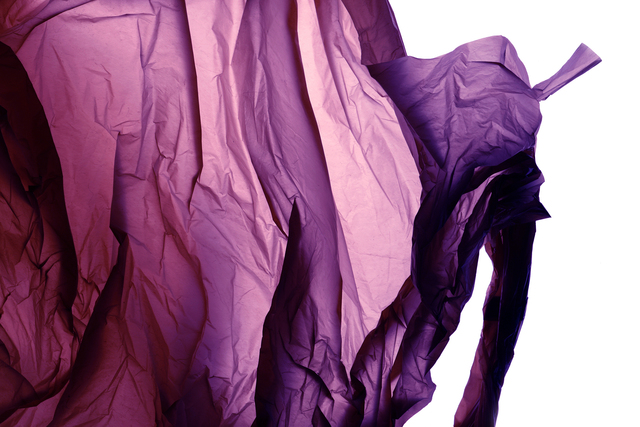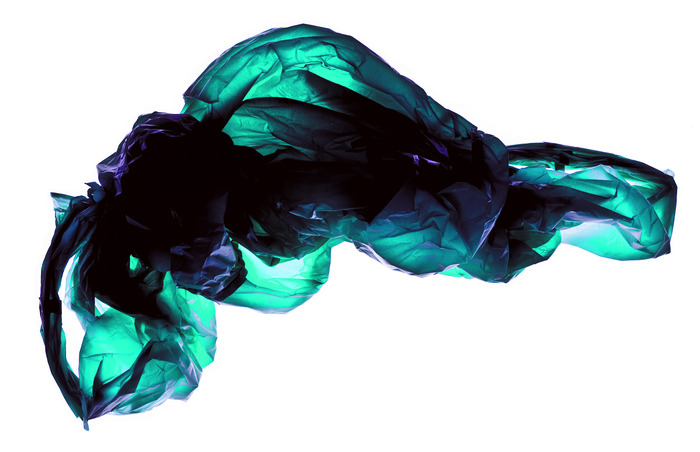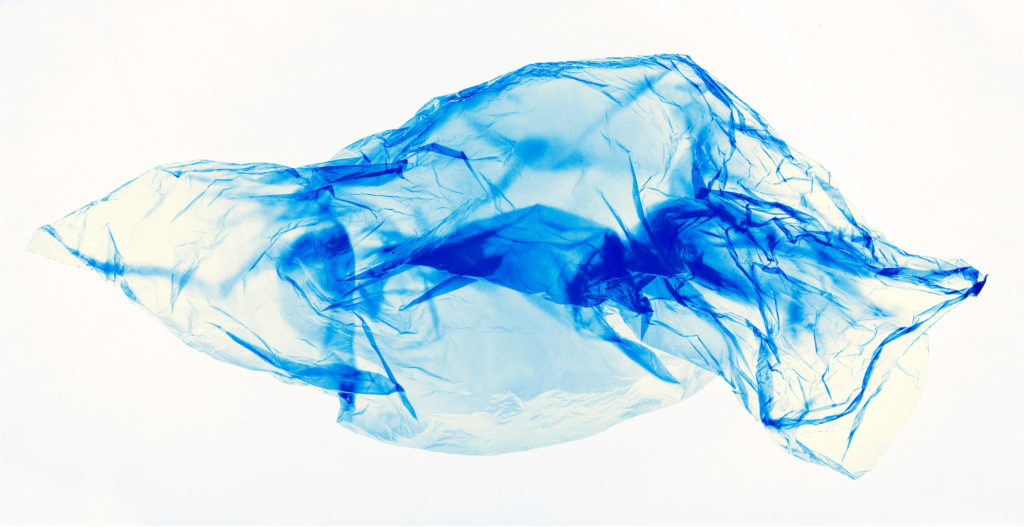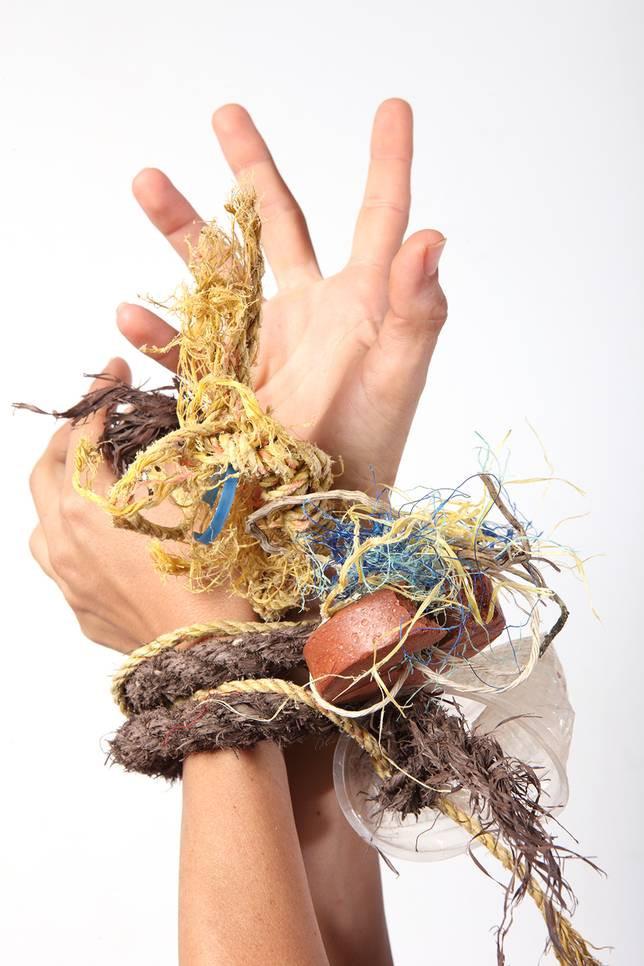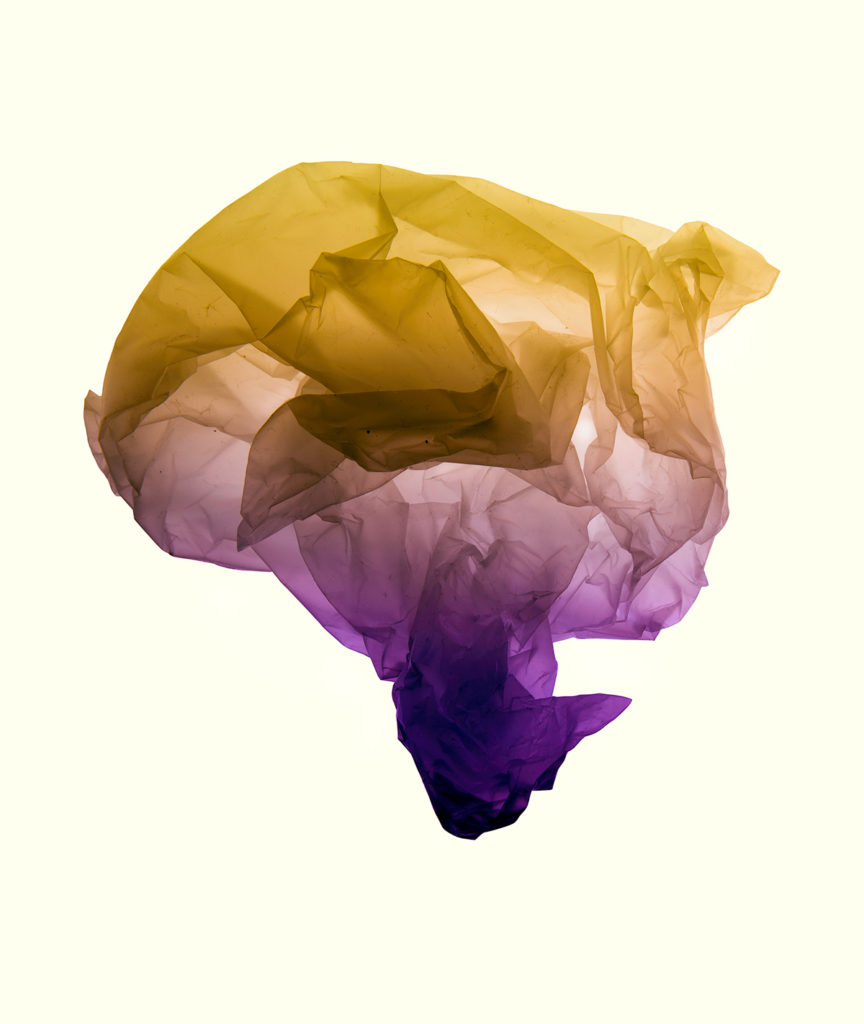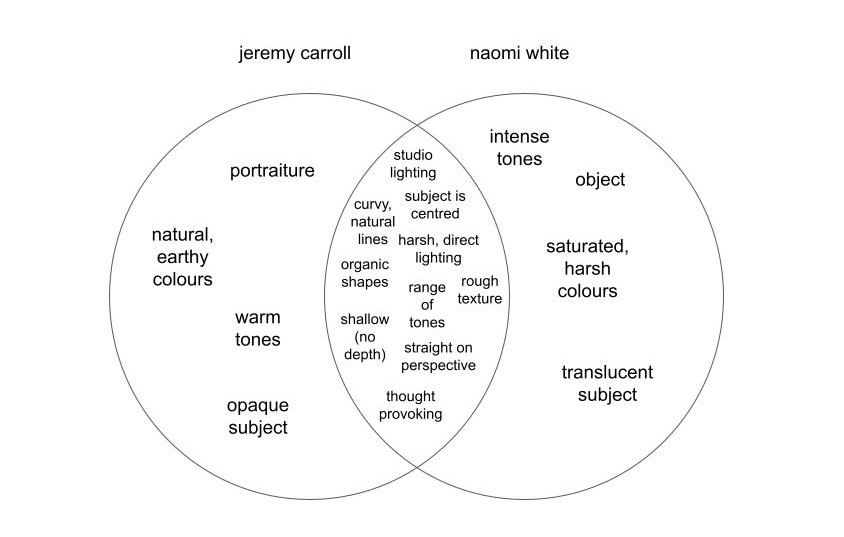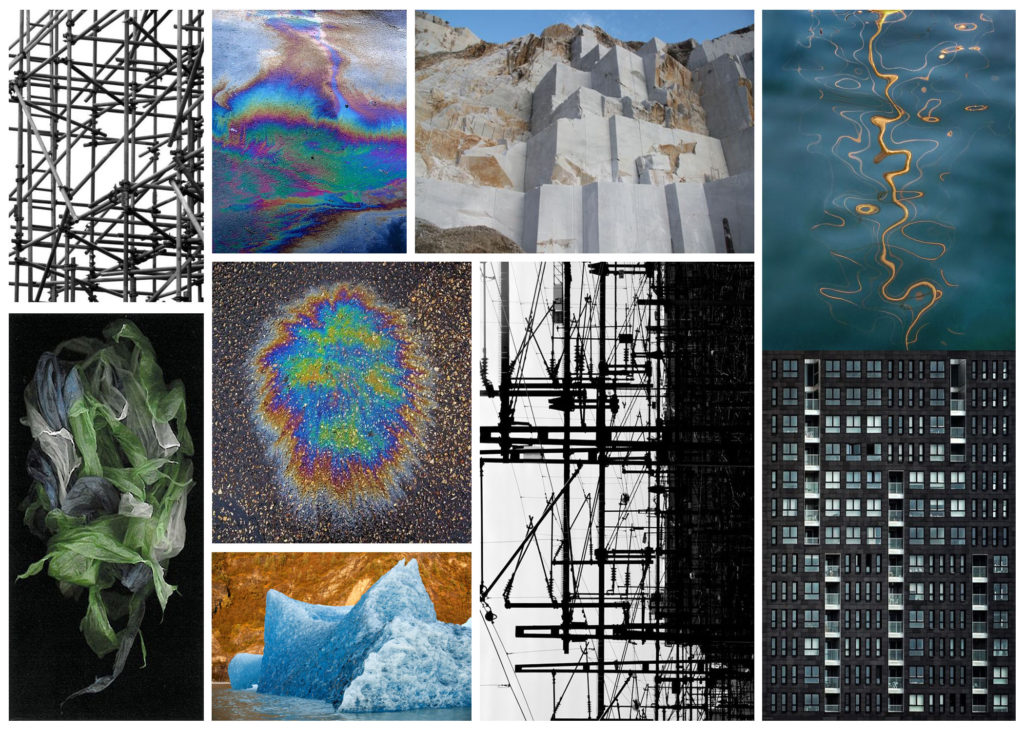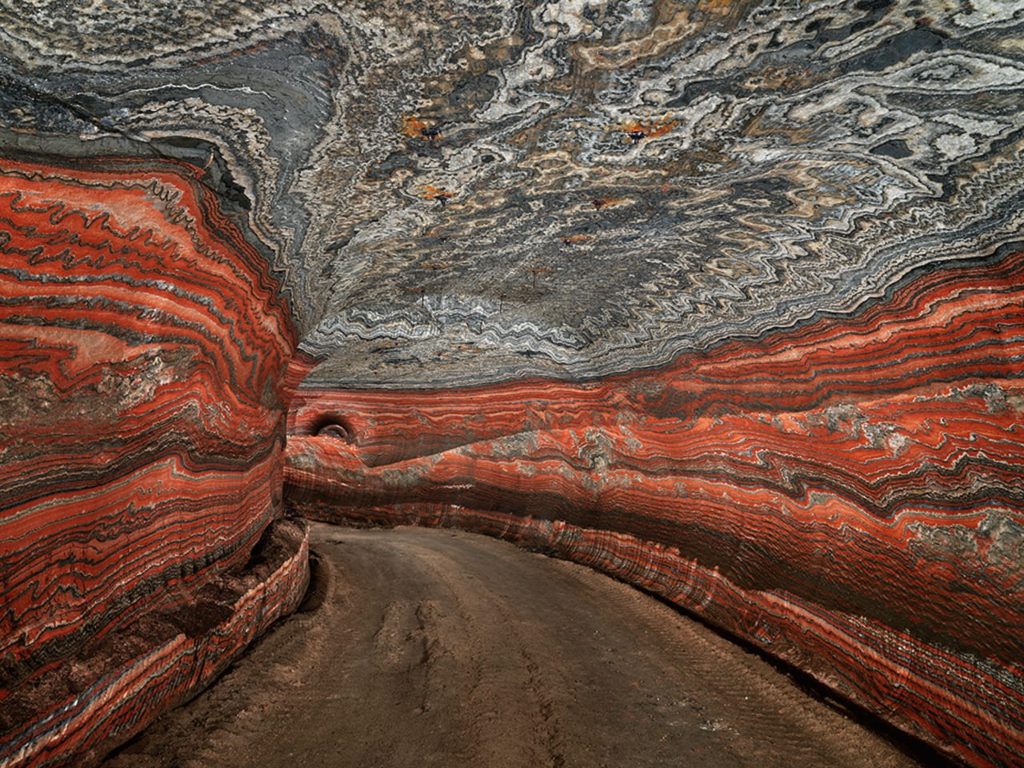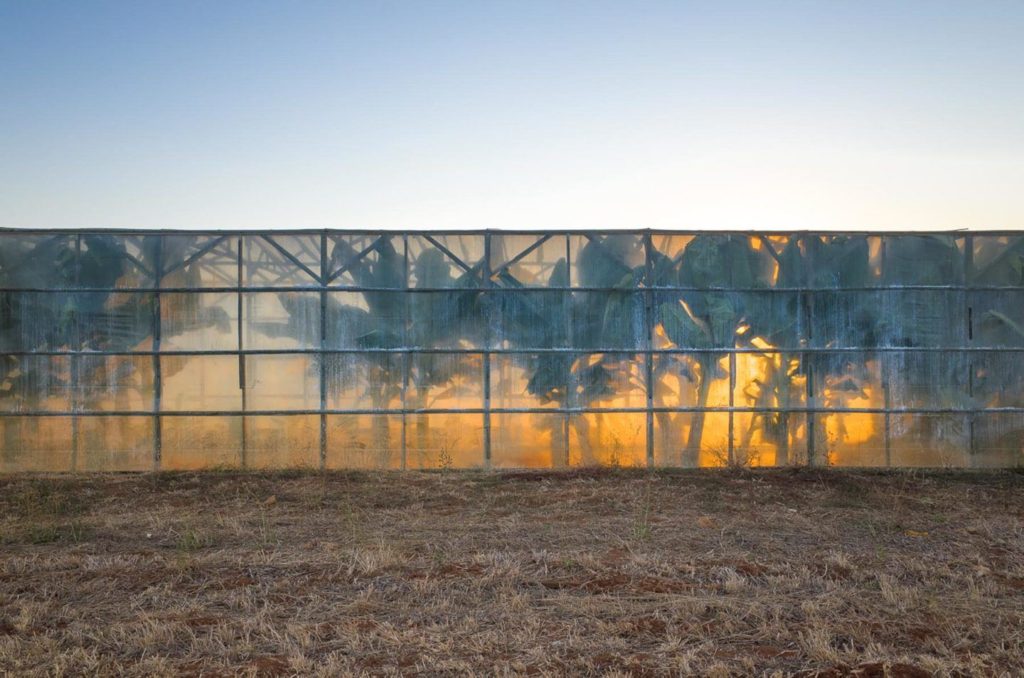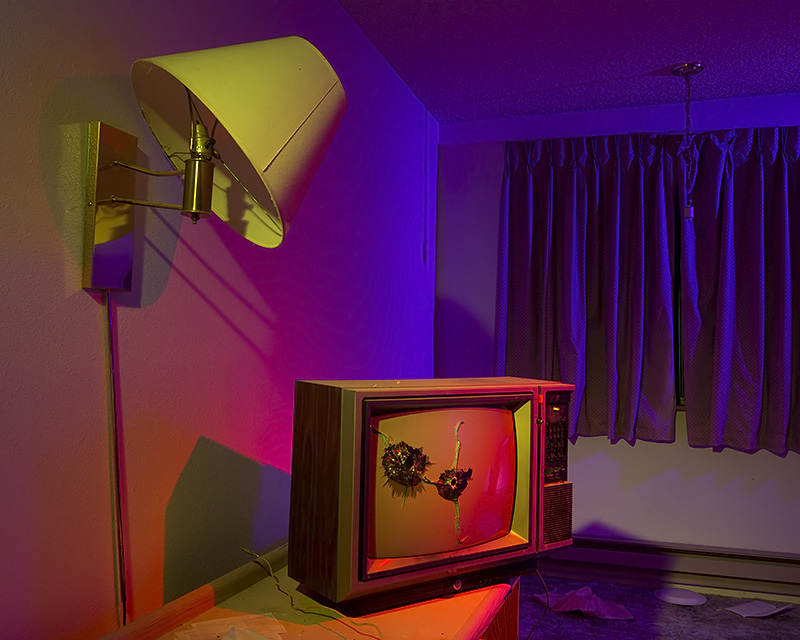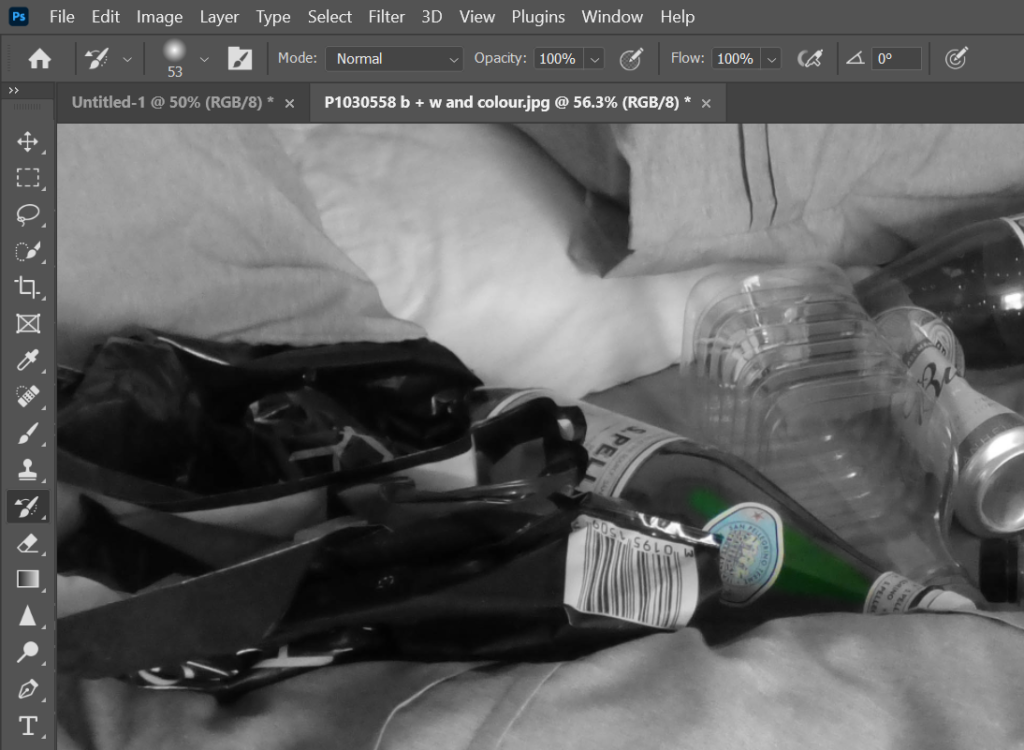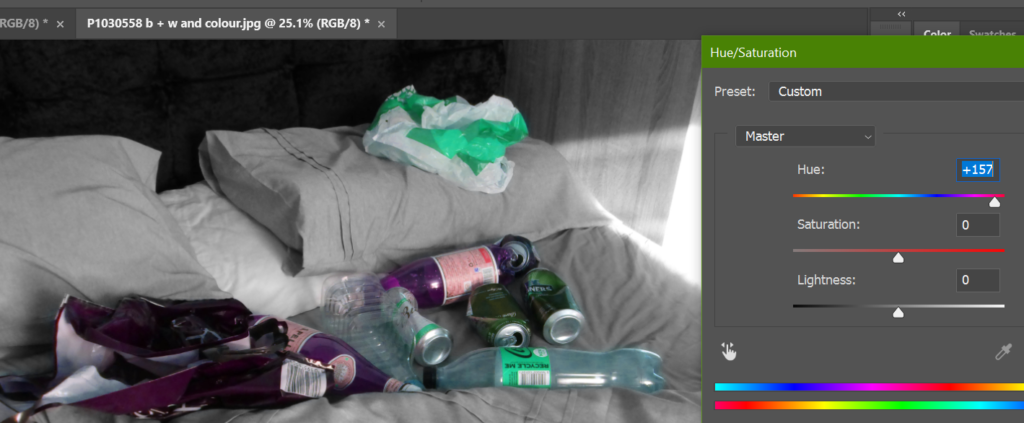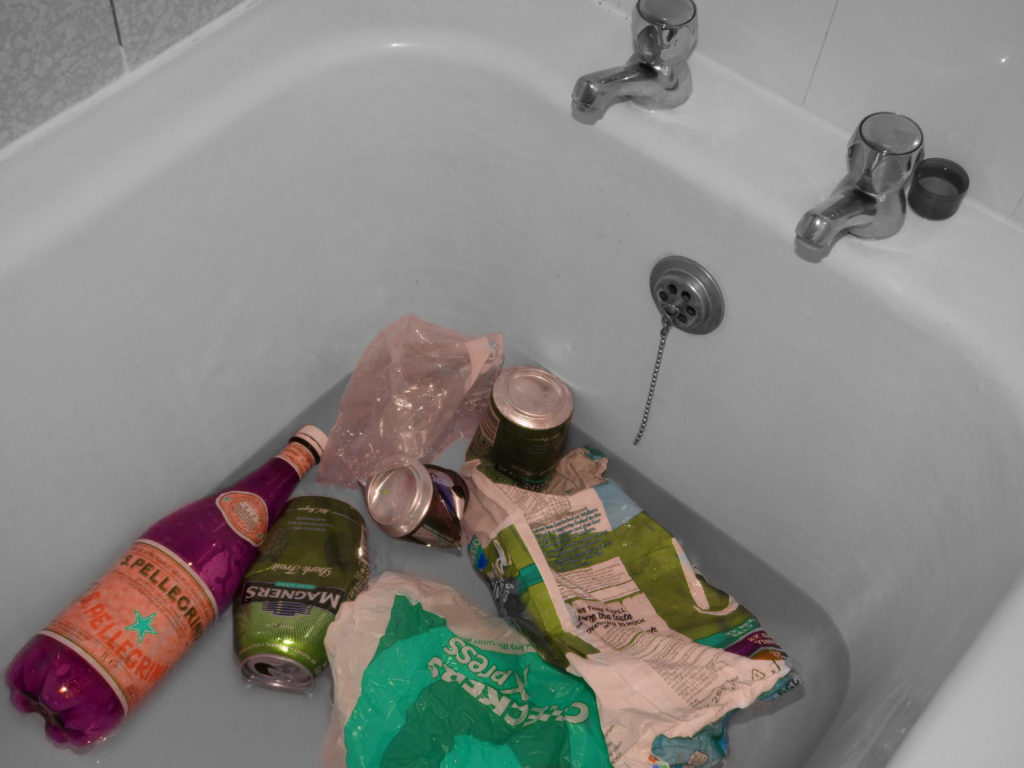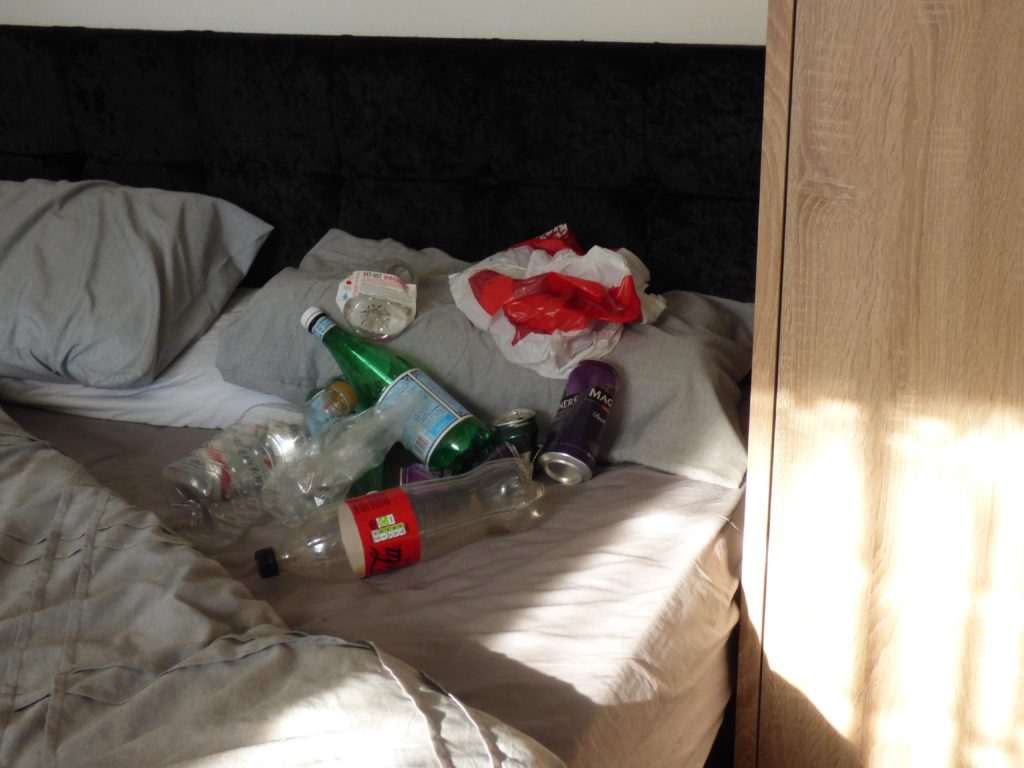I want to present the theme of anthropocene through landscape photography and altered landscapes through using photo-shop to edit my images.
I want to take photos of jersey beaches and very open landscapes as well as taking photos of tall buildings in Jersey and photoshop them on top of the beaches and bay areas to show how it would look or how it probably will look like in the future with buildings all along the coast.
I wanted to do landscapes as I think it fits into this topic the best as it shows our world like beaches, something that we humans havent ruined yet or built on top of. Then by adding edited buildings on top using photoshop and taking inspiration from altered landscapes I think it will be an interesting way to present anthropocene and how we humans change the world.
moodboard of ideas;

my first chosen photographer that I am going to be inspired by for this exam/anthropocene shoot is Jesse Treece
some examples of her images;
about- The artist only makes use of scissors, glue and vintage magazines and books and creates with these tools nostalgic scenes and surreal landscapes. Every image tells a different story that you can get lost in for hours. Jesse Treece himself even calls his work slightly disturbing. His images somehow made me think of science fiction and horror movies from the 70s.
His idea is to create artwork that excites and surprises no matter what the current trends or moods are. He’s mainly into old newspaper comic strips, dystopian sci-fi novels, crazy architectural drawings, designs from the 60’s and 70’s and works of artists like Salvador Dalí and Hayao Miyazaki. By this and his preference for the process and the look of handmade collages, he turns his inspiration into something unique and original. Being basically self-taught except for some not very serious art classes, Jesse Treece became a central figure in the underground collage art movement and was even recently included in AnOther Magazine’s list of the top ten collage artists in the world. He somehow manages to mix regular and absurd, beautiful and disturbing, science and nature, large and small and puts together these familiar imageries to create a whole new picture.
my second chosen photographer that I am going to be inspired by for this topic is Felicity Hammond
some of her photography;
Felicity Hammond is an emerging artist who works across photography and installation. Fascinated by political contradictions within the urban landscape her work explores construction sites and obsolete built environments.
In specific works Hammond photographs digitally manipulated images from property developers’ billboards and brochures and prints them directly onto acrylic sheets which are then manipulated into unique sculptural objects.
Recent awards include, British Journal of Photography International Photography Award: Winner 2016, Catlin Art prize: Finalist 2015, Magnum and Photo London Inaugural Photographer award: nominated 2015. Saatchi New Sensations: Finalist 2014.
Being inspired by both these photographers will help me achieve my final ideas and images. As I chose one photographer who focuses on manipulating landscapes by hand and combines nature with large buildings and cities and the other photographer who edited and manipulates her landscape images digitally

